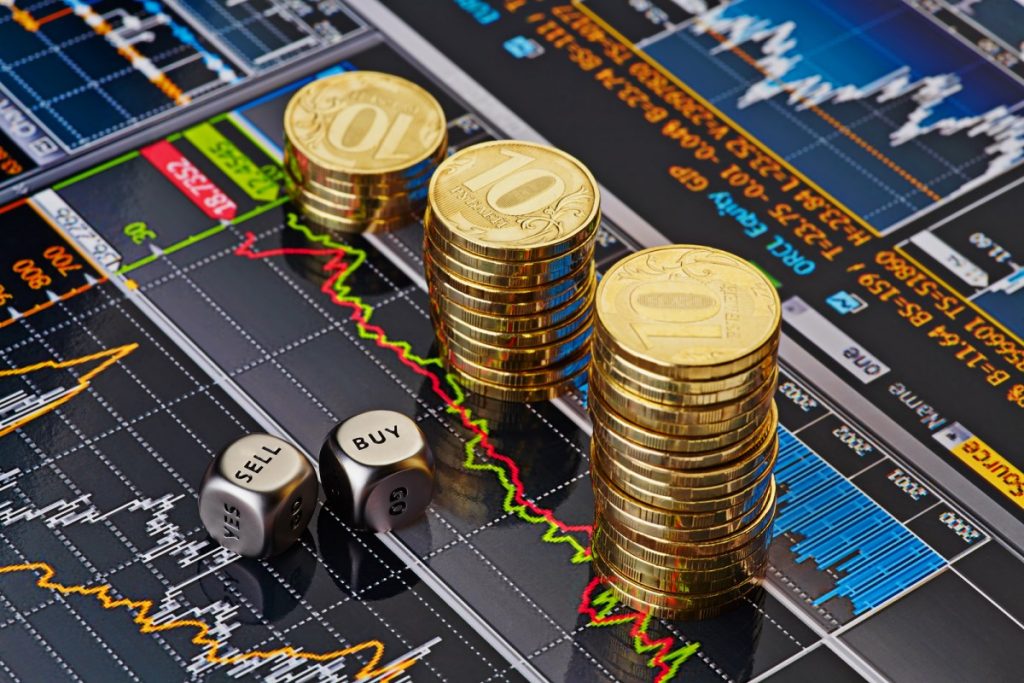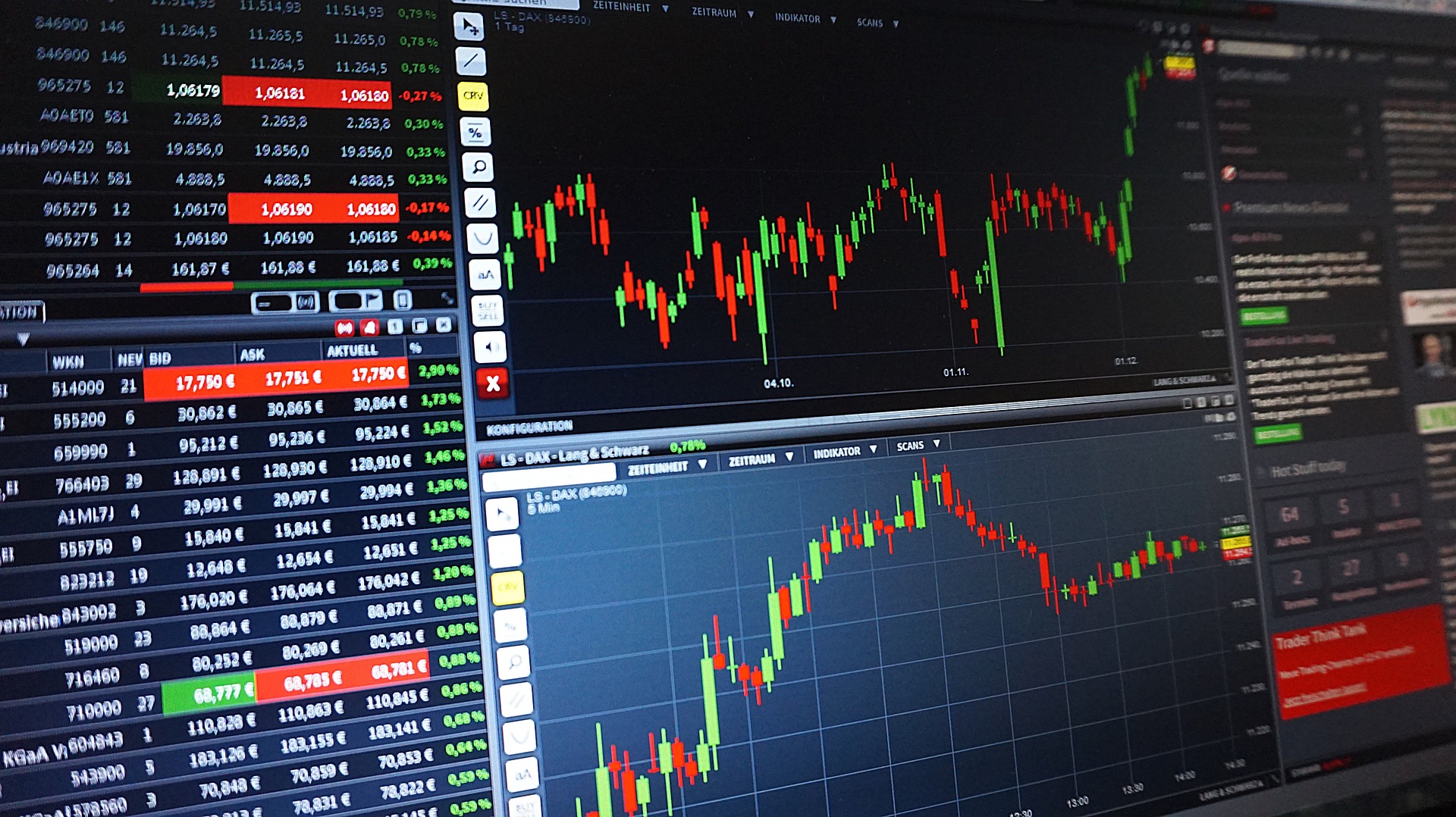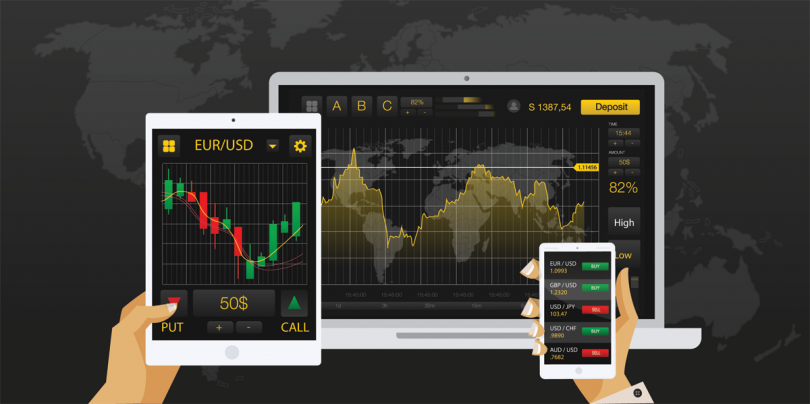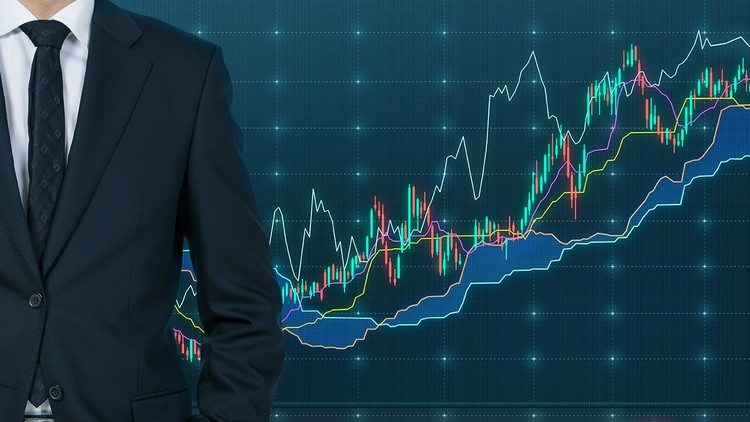Financial Brokerage Company Offers Personalized Investment Solutions
A financial brokerage company that offers personalized investment solutions provides a tailored approach to managing and growing clients’ wealth. Unlike traditional investment firms that may offer generic, one-size-fits-all advice, these companies focus on understanding the unique financial goals, risk tolerance, and investment preferences of each client. The primary goal of such firms is to create investment strategies that align with an individual’s or institution’s specific needs, ensuring optimal growth while minimizing risks. Personalized investment solutions encompass a range of services, from retirement planning and wealth management to tax optimization and estate planning. RoboForex typically employs a team of experienced financial advisors and analysts who work closely with clients to assess their financial situation. The process begins with a comprehensive financial review, which may include evaluating existing assets, liabilities, income, and expenditures. The financial advisors take the time to understand the client’s short-term and long-term financial goals whether it is saving for retirement, funding education, purchasing a home, or building a diversified portfolio.

By having in-depth conversations with clients, the brokerage firm can build an investment strategy that is specifically suited to the client’s life stage, income level, and risk preferences. Personalized investment solutions often involve a mix of investment products, such as stocks, bonds, mutual funds, exchange-traded funds ETFs, and alternative investments. The financial brokerage firm helps clients choose the most appropriate mix of assets based on their objectives. For example, a young professional with a high-risk tolerance might be advised to invest in growth-oriented stocks or equities, while someone nearing retirement may receive recommendations for safer, income-generating investments like bonds or dividend-paying stocks. A brokerage firm offering tailored services will regularly assess the performance of the portfolio and make adjustments based on changes in the market, the client’s circumstances, or emerging investment opportunities. This proactive approach helps ensure that clients’ portfolios remain aligned with their objectives, even as their personal or financial situations evolve over time.
Another critical aspect of personalized investment solutions is the ongoing monitoring and rebalancing of the portfolio. Financial markets are constantly evolving, and so too are clients’ financial needs. Moreover, personalized investment solutions are also about transparency and education. Many financial brokerage firms take the time to educate their clients about various investment options, strategies, and risks involved. This empowers clients to make informed decisions about their financial future, giving them a better understanding of how their investments work. Additionally, transparent communication regarding fees, risks, and expected returns is an essential part of the service, fostering trust and long-term relationships. Ultimately, a financial brokerage company offering personalized investment solutions plays a critical role in guiding clients toward financial success. By offering expert advice, customized strategies, and continuous support, these firms help clients navigate the complexities of the financial world with confidence. Whether it is managing day-to-day investments or planning for future financial milestones, the personalized approach ensures that clients receive the attention and resources necessary to make their financial aspirations a reality.






